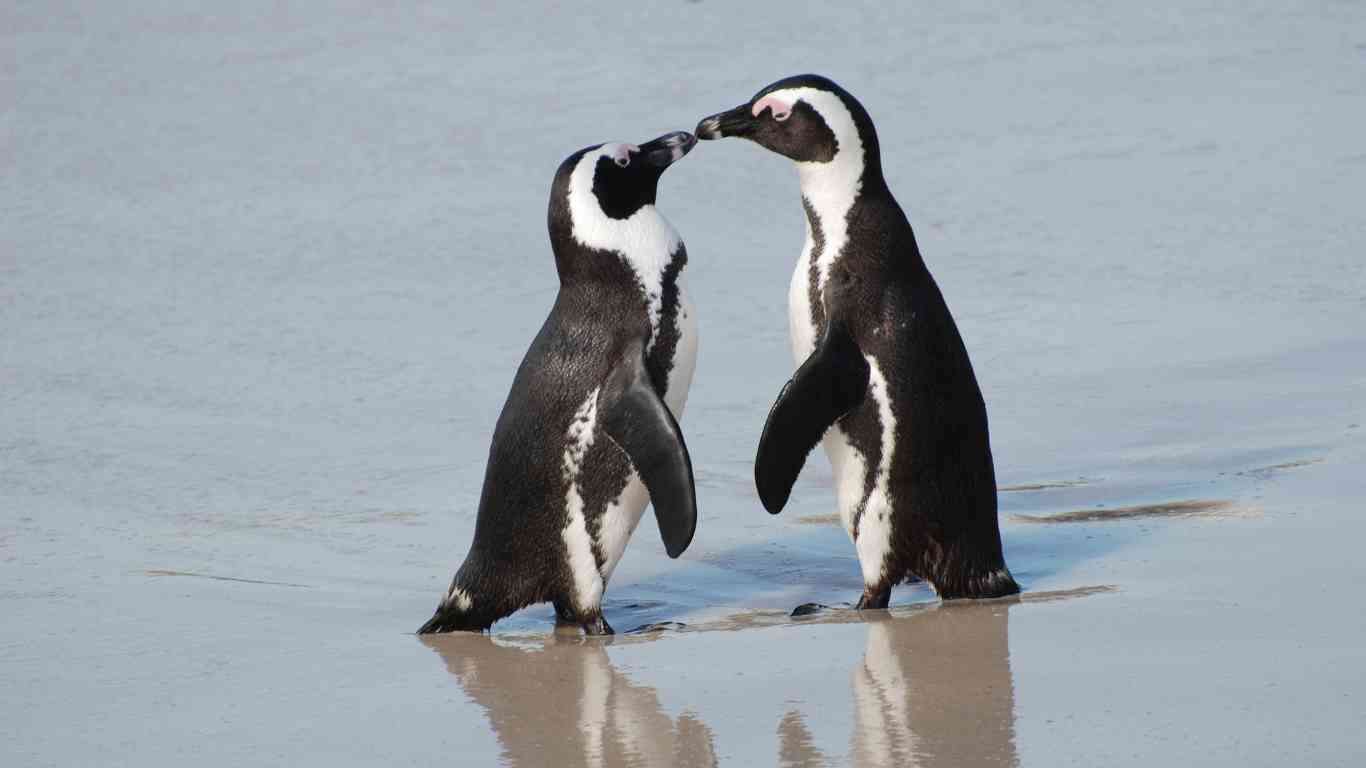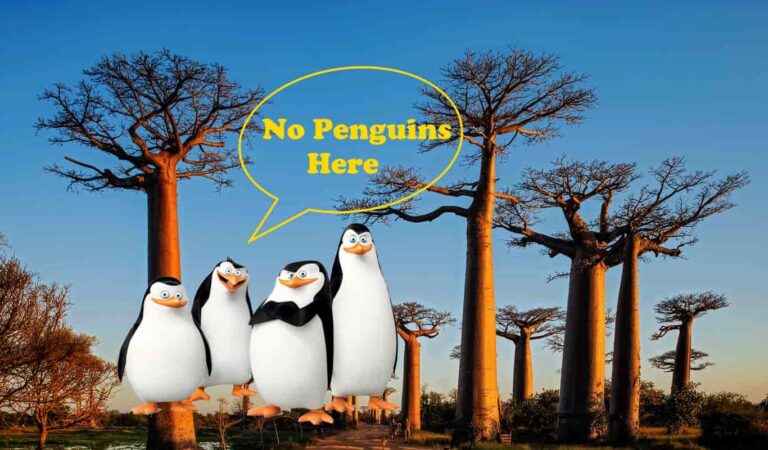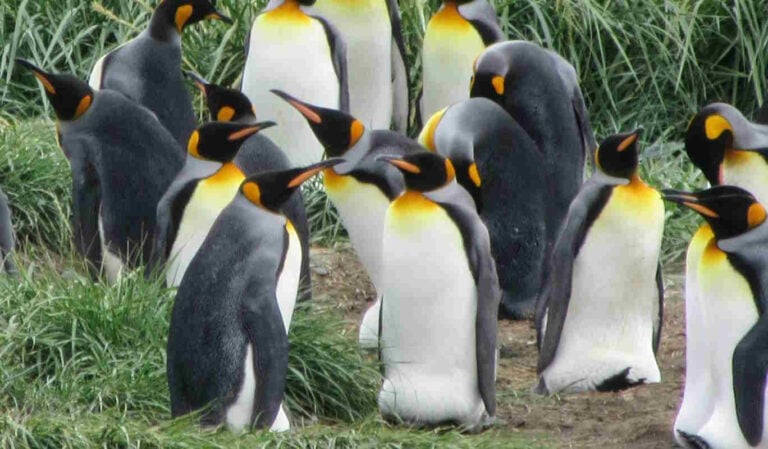Do Penguins Mate for Life?
When it comes to the animal kingdom, monogamy is often touted as a rare feat. Many creatures engage in momentary matches, driven by the primary instinct to propagate the species.
Within this context, penguins are often used as a hallmark of monogamous behavior, widely believed to pair for life.
However, the truth about penguin pairing is more nuanced and varies greatly across different penguin species.
Do Penguins Mate for Life?
Penguins’ mating patterns differ across species. Although Emperor penguins often change mates every mating season, Gentoos are more likely to be monogamous.
Availability of food and stable habitats play a role in determining whether penguin relationships last, emphasizing their practical approach to mating.
Before we go into the specifics, it is important to understand what is meant by ‘mating for life.’
This phrase implies that a pair of penguins will not only mate with each other exclusively but will remain together year after year.
This phenomenon does occur among certain species, but it is by no means universal across all penguin species.
For example Emperor penguins, known for their size and featuring in the film ‘March of the Penguins,’ engage in a complex mating dance that endears them to observers.
This behavior has fueled the notion that they mate for life.
However, Emperor penguins often change partners each breeding season, with only about 15% staying with the same mate the following year.
This frequent switching is mainly due to a high mortality rate and the difficulty of locating the same partner among thousands in large breeding colonies.
Conversely, other kinds of penguins such as the Gentoo penguins do exhibit a higher tendency to monogamy.
Studies have documented that Gentoos can pair with the same partner for multiple breeding seasons, with some even showing upwards of 90% fidelity.
The benefits for this persistent coupling can include improved breeding success through better coordination and shared parental responsibilities.
These tight-knit relationships could also help in more effective defense against predators and increased overall chances for survival of their progeny.
Among other penguin species, there is a spectrum of mating behaviors.
Factors influencing the longevity of a penguin’s bond with a mate include food availability, habitat stability, and population density. These can determine the degree of monogamy within the species.
Ultimately, the mating patterns of penguins are fascinating and complex, as they are influenced not by just a single romanticized ideal of lifelong love, but by pragmatic ecological and biological factors.
While many penguin species show a strong inclination to return to the same partner, if conditions are favorable, many will readily find new mates each season if it increases their reproductive success.
What commonly happens is that fidelity is conditional, it’s neither a universal rule nor an unbreakable bond.
In a broader context, penguin mating behaviors, including whether they pair for life, shed light on their adaptability and survival.
As their icy environments change, scientists closely monitor adjustments in their mating habits.
After all, penguins like humans, form bonds that endure through change.
Whether for lasting love or temporary benefit, their search for companionship is a captivating, ongoing story in nature’s history.
(Featured image by by Paul Mannix on Flickr is licensed under CC BY 2.0 Deed)







